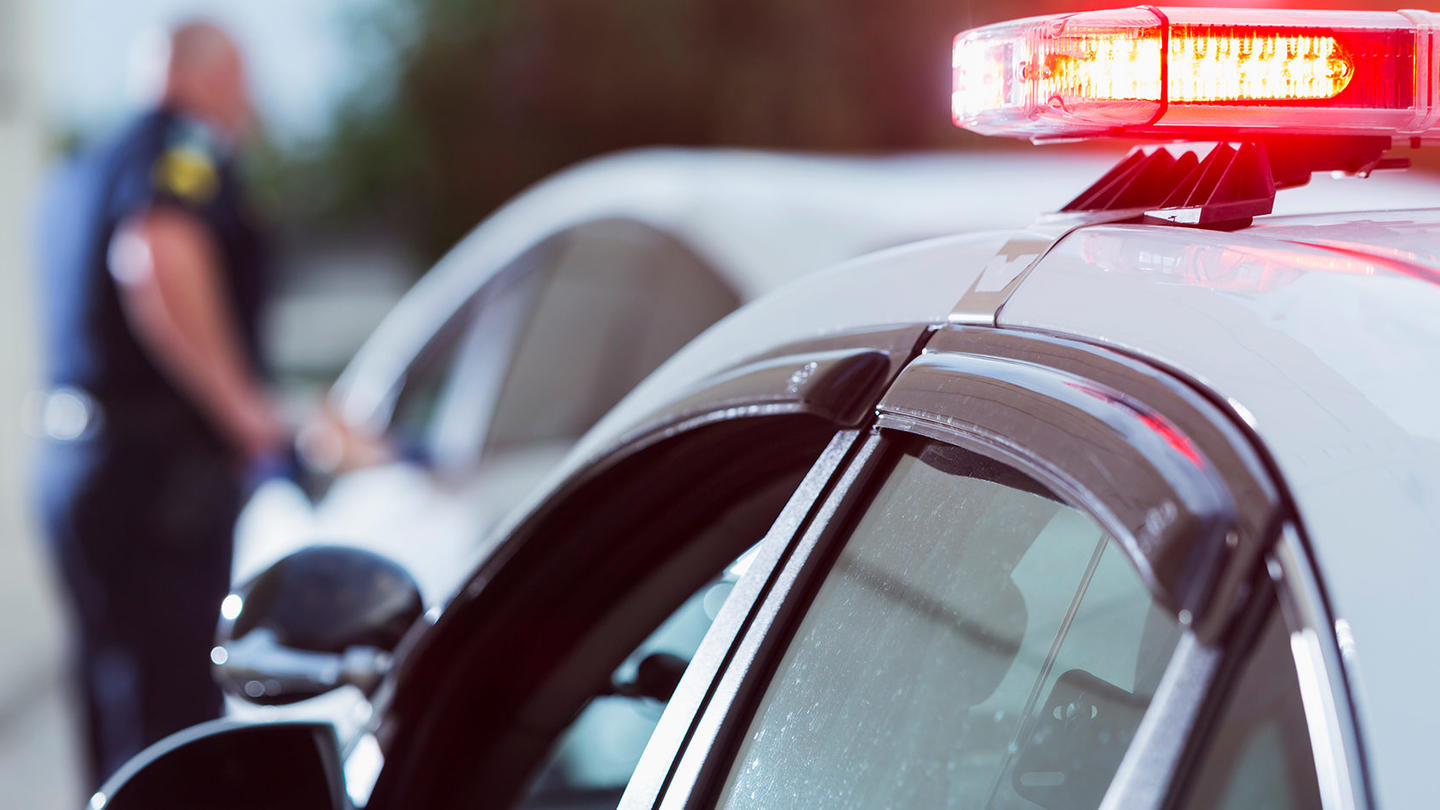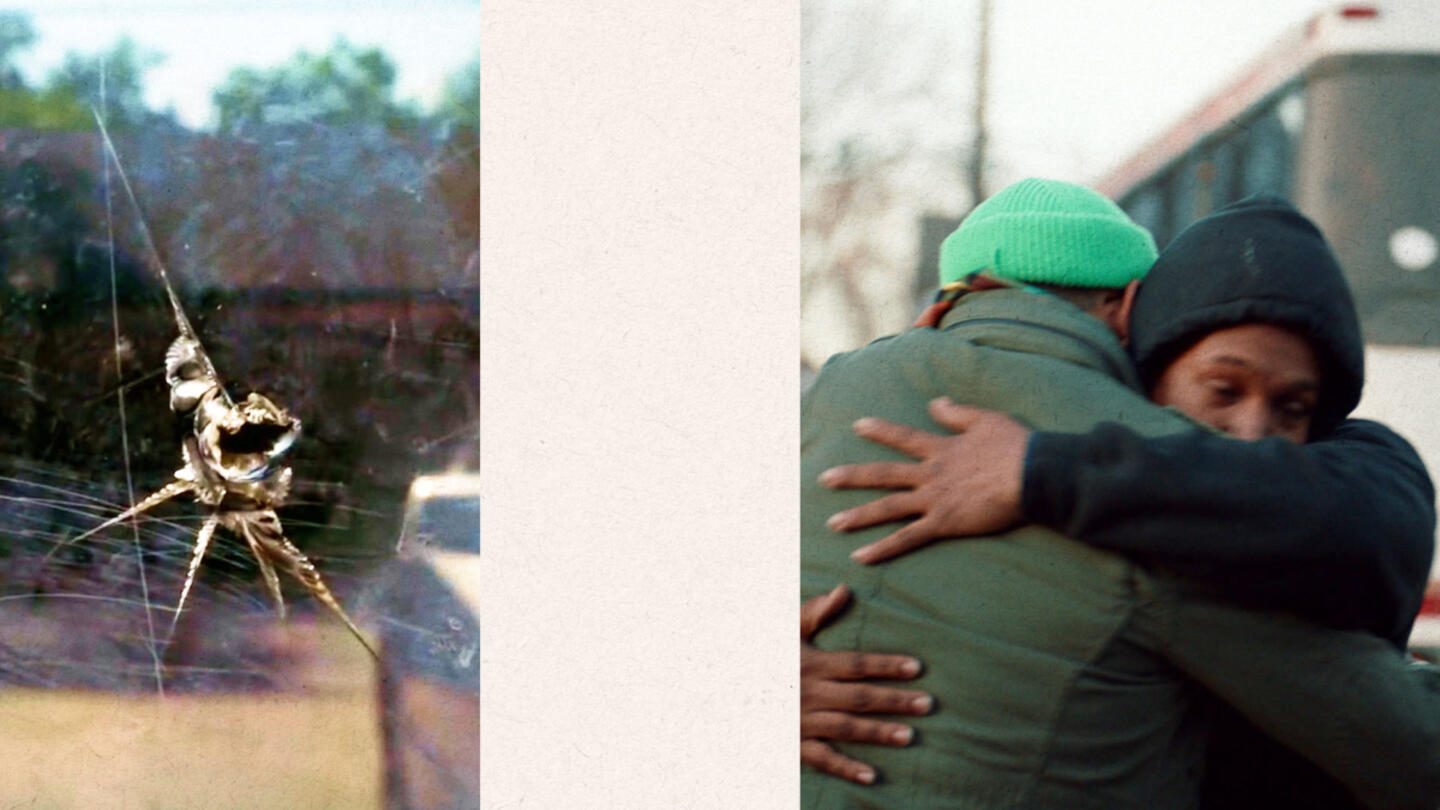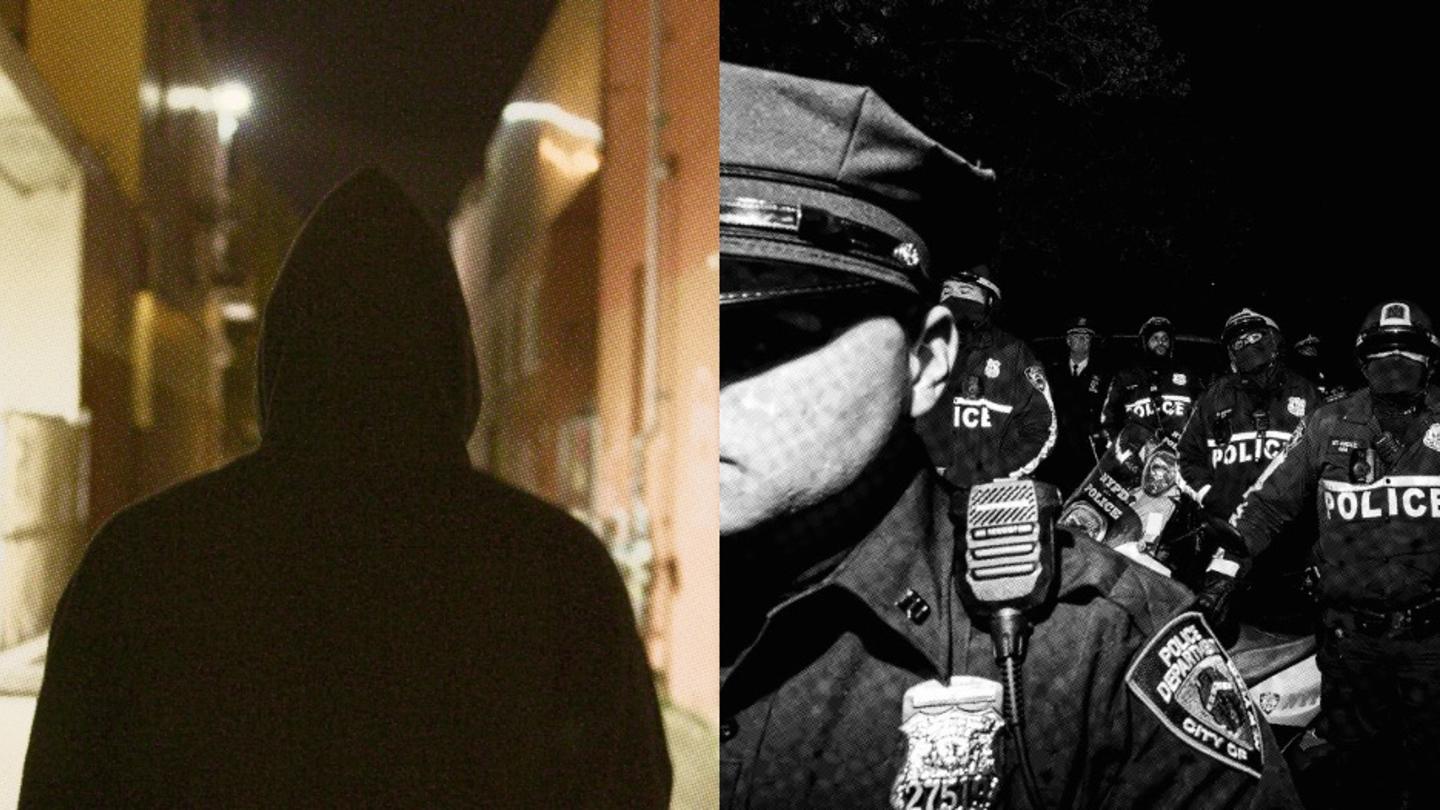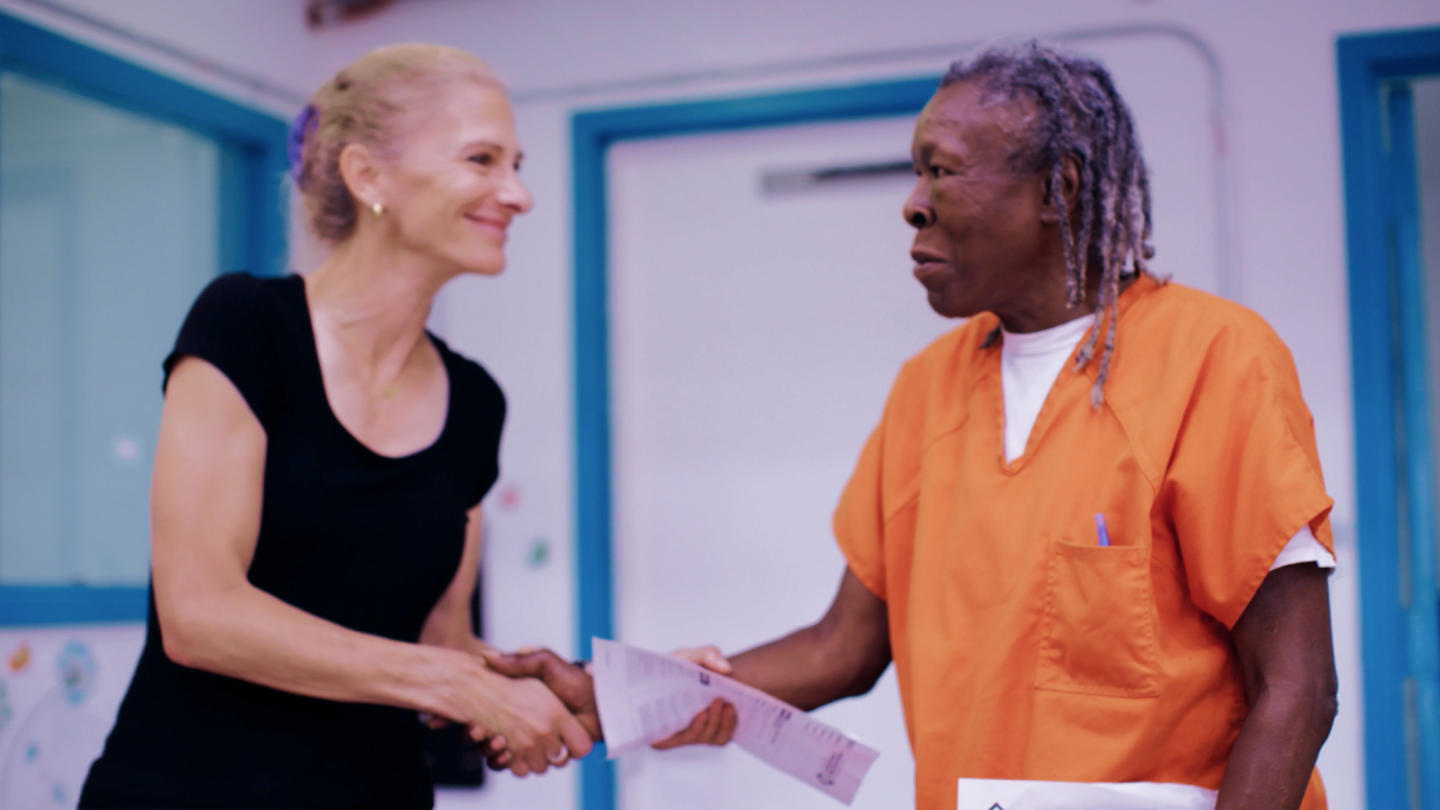Policing in America, as it is currently practiced, needs to change.
A decisive majority of people believe policing needs to change from the current status quo. The relationship between police and many communities has frayed, especially communities of color — sometimes to the breaking point, like the protests that erupted across the country after the killing of George Floyd.
Compounding the issue, officers are often tasked with difficult issues that may be better solved by other community services, like sending mental health professionals to do welfare checks on people rather than a police officer.
Despite this general consensus of something needing to happen, policing is a complex issue — one which lacks a simple answer. As governments and professional bodies wrestle with it, Stand Together Ventures Lab and MIT Solve have taken a different approach: find solutions not at the top, but in the communities; empower and support the civilians and officers that deal with these issues every day, and listen to their solutions.
"Generally speaking, the people that are closest to the problems are the best at solving them," says Rachel Drew, a portfolio lead at MIT.
A Shark Tank for good: solutions to policing in America
"There are great solutions to policing across the country, but they don't necessarily have the resources, or the political support, or the money," Drew says.
Finding and empowering these new ideas is the mission of MIT Solve and Stand Together Ventures Lab's Unbundle Policing: Reimagine Public Safety Challenge, launched in the spring of 2021.
"Stand Together came to us looking for a way to crowdsource different solutions to solve the complicated nature of policing in the country right now," Drew says.
People were invited to pitch their answers to one of America's most contentious and complex issues to be judged by a diverse panel of judges, from sheriffs and scholars to prosecuting attorneys and civil rights activists.
Over 200 entrepreneurs answered the call.
Entered into a three-month virtual incubator program, the budding problem solvers were provided help from Stand Together Ventures Lab and MIT Solve.
The incubator matched participants with mentors and advisors from the academic, law enforcement, entrepreneurial, and nonprofit worlds — including other Stand Together problem solvers tackling issues like homelessness and poverty.
Entrepreneurs got an opportunity to network with similarly minded people, as well as access to other in-kind resources to help support and hone their solutions.
After completing the incubator, participants were invited to apply for the accelerator. A diverse panel of judges, representing not only law enforcement but also community members and activists, selected 11 promising ideas to be funded and, within the space of a few years, rolled out in the communities that are impacted the most.
And those 11 ideas are also collaborating to make each of their solutions stronger.
"Sometimes, I will refer to [it as] the Shark Tank for good," Drew says.
Complex Problems like Policing in America Require Diverse Answers, like Reimagining Public Safety
The 11 solutions chosen to receive funding from the Stand Together Ventures Lab and MIT Solve Accelerator program represent a wide variety of approaches — appropriate for such a complex challenge. They've been broken into three broad categories: direct services and alternatives to law enforcement, technologies, and "restoring police-community trust."
Direct services and alternatives to law enforcement: These solutions ask an important question: is there someone better than a police officer for this job?
Communities have already begun sending different responders for jobs that may not require the police. Some examples:
For decades, when a 911 call in Eugene, Oregon comes in that involves mental health episodes, homelessness, and substance abuse, the city sends their mobile mental health response team, CAHOOTS, instead of the police.
LEAP's Community Responder Model takes a similar approach to CAHOOTS.Police are often dispatched to non-criminal 911 calls that don't require an armed officer. This not only puts them in difficult situations they are not trained to handle, it also diverts them from the dangerous crimes they do need to be at. LEAP sends these calls instead to trained civilian responders or phone-based programs.
By sending a specially-trained crisis response team of advocates and social workers, Standing with Survivors can provide domestic violence survivors with instant legal and community-based advice and alternatives, replacing or enhancing police officers who respond to these all-too-common calls.
The agents of On Scene Services (OSS) take auto accidents off of officers hands by providing unarmed response for traffic management and accident investigations.
Chicago's Lawndale Christian Legal Center offers free legal and social services, like bringing victims and perpetrators together to find solutions outside of incarceration, to fight the criminalization of youth. Their successful approach is already spreading to other neighborhoods in the Windy City.
Technologies: From game-like missions to aiding with accessibility, these solutions look to the power of technology to improve policing. Some examples:
Community-based solutions to policing need to be able to be dispatched. If they do not need, or want, the large, complex systems 911 uses, phone-based Beacon can provide a turnkey alternative.
SPROKIT is a game-based app aimed at replacing arrests. When officers arrive to handle low-level offenses — think vandalism, shoplifting, trespassing — they pull out an app, not handcuffs. The app provides restorative missions to complete, like enrolling vandals in community mural projects.
SevenStar's PROTECTED is a mobile interface to improve police and community communication, transparency, and safety. Citizens and officers can rate each other, share crime data, pay tickets, and eventually foster completely contactless policing, cutting down on potentially dangerous interactions like escalating traffic stops.
Rather than finding an alternative to 911, accesSOS is making 911 accessible for the 37 million Americans who can't hear, speak, or communicate in English. The app translates text to 911 calls in real time.
Restoring police-community trust: These solutions are aimed at restoring the frayed trust between police and the communities they are meant to protect and serve. Some examples:
Rewire4 trains officers in four skills based on cognitive behavioral therapy that can be used to recognize and manage trauma in the people they encounter and themselves to foster better understanding, communication, and de-escalation during community interactions.
Better relationships is also the name of the game for HeyBlue!, which drives positive interactions between police and community members through interaction points and programs pairing police with youth.
Any solution will struggle to work without the buy-in of the officers themselves, however. New Blue Project provides officers who want to reform current policing practices that harm BIPOC communities with the networks, funding, and tools they need to take on that difficult task.
The MIT Solve and Stand Together Ventures Lab solutions should begin being rolled out by 2025, and while none may fix American policing on their own, their adaptation could make a real impact on communities in the near future.
Learn more about Stand Together’s criminal justice efforts and explore ways you can partner with us.




